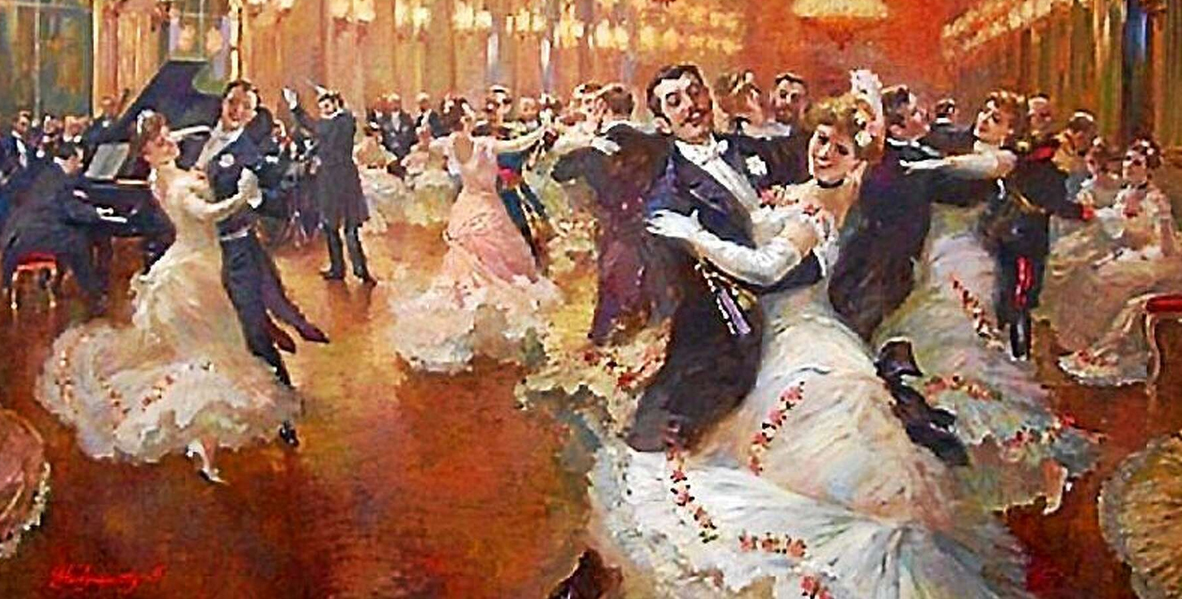
Few pieces of classical music are as instantly recognisable as Johann Strauss II’s dazzling Blue Danube Waltz. Its mysterious shimmering opening and elegant main melody take us effortlessly into the carefree world of Viennese balls, where dazzlingly clad and carefree couples move gracefully over the dance floor.
The story behind this graceful waltz is not, however, as straightforward as its sparkling surface might suggest—the piece was actually written as a response to the horror of war and military defeat and, despite the familiarity of the orchestral version of this piece, it was originally conceived as a choral work.
Continue reading...
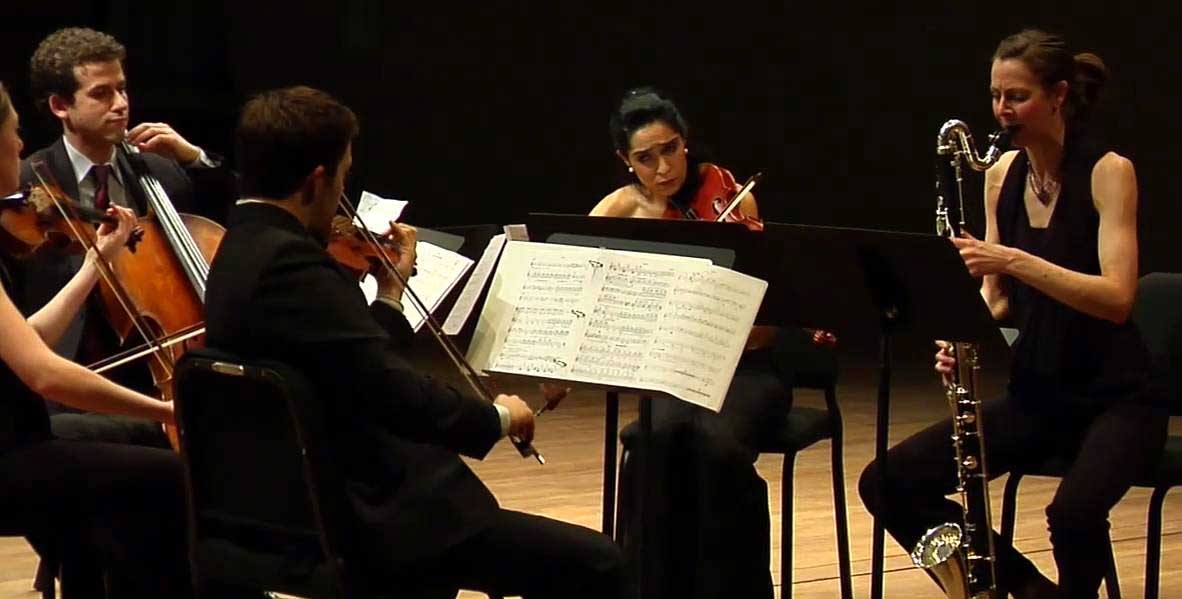
Chamber music is the most intimate of art forms. Ensembles are, by design, small enough to fit into a room (or ‘chamber’) making it suitable for smaller gatherings or simply a form of entertainment between musical friends.
Whilst much chamber music focuses on strings, the clarinet has also been a popular chamber music instrument since its invention in the early 18th century. It’s both mellow enough to blend in, but distinct enough to add to the overall colour of an ensemble.
Here are our picks of some of the greatest chamber works that include clarinet, some of which may be surprisingly familiar. You’ll also find some exclusive arrangements of these works, so you won’t need to form your own chamber ensemble to play them!
Continue reading...
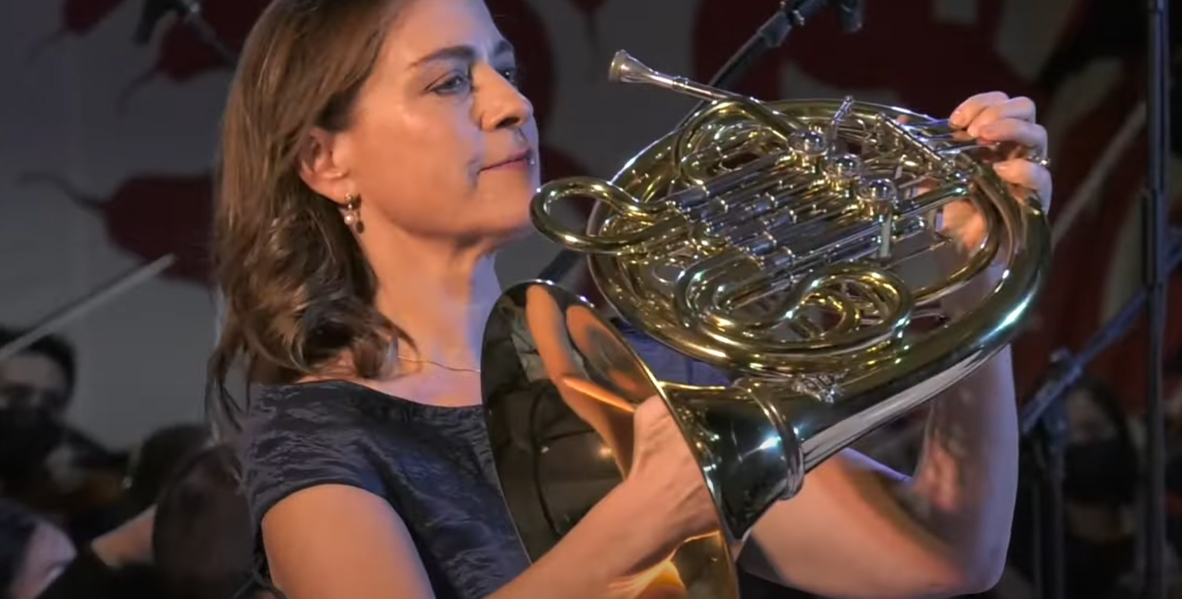
The French horn is one of the loveliest, most noble of instruments—Robert Schumann called it ‘the soul of the orchestra’, Hector Berlioz, said that it ‘is the voice of the hero, the poet, and the lover.’ It’s no surprise then to find that composers have chosen to write solo work for this marvellous instrument. Here are our picks of the absolute best. Follow the links to find copies of the sheet music.
Continue reading...
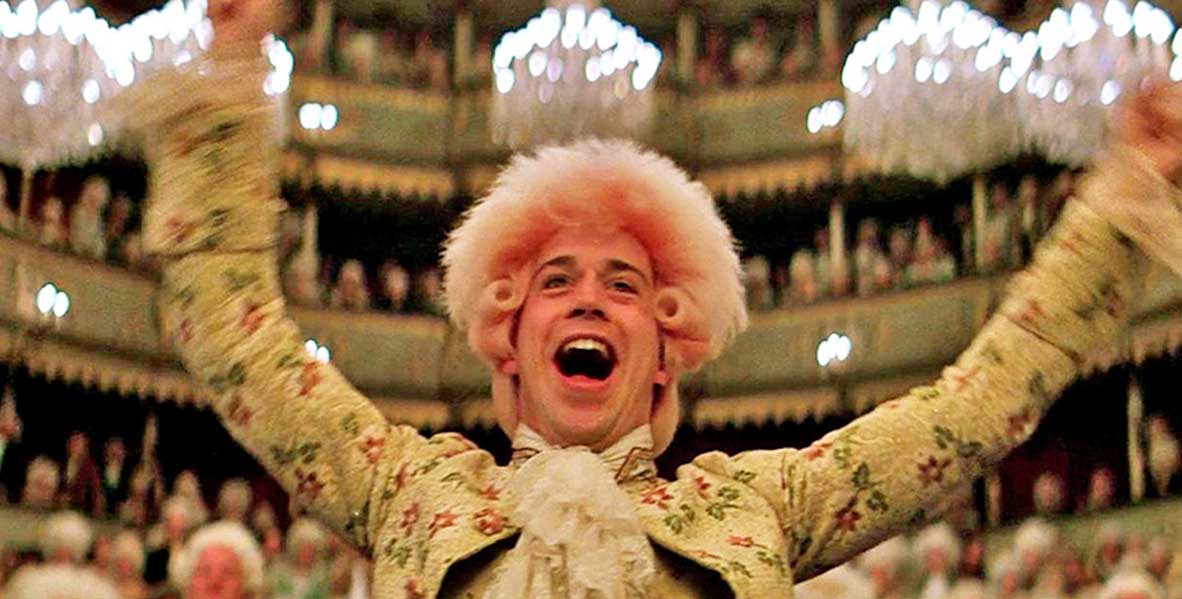
There have been many films about the lives of great composers, including about Igor Stravinsky (Coco Chanel and Igor Stravinsky, 2010), Chopin (Impromptu, 1991); Beethoven (Immortal Beloved, 1994); and Tchaikovsky (The Music Lovers, 1970).
None, however, has quite matched ‘Amadeus’ (1984), Miloš Forman’s brilliant account of the life of Wolfgang Amadeus Mozart. Told through the eyes of Mozart’s rival Antono Salieri, it paints a vivid, if not always accurate, picture of the composer’s life, accompanied by vibrant scenes of court and everyday life in Hapsburg Vienna.
Most gloriously of all, it is chock-full of music by Mozart. You will find most of this available here on 8notes and, using our exclusive arrangements, you can learn to play it on your own instrument (if you can’t find a version for your instrument, subscribers can request new versions at any time).
Here then is the ultimate guide to the music from this great film.
Continue reading...
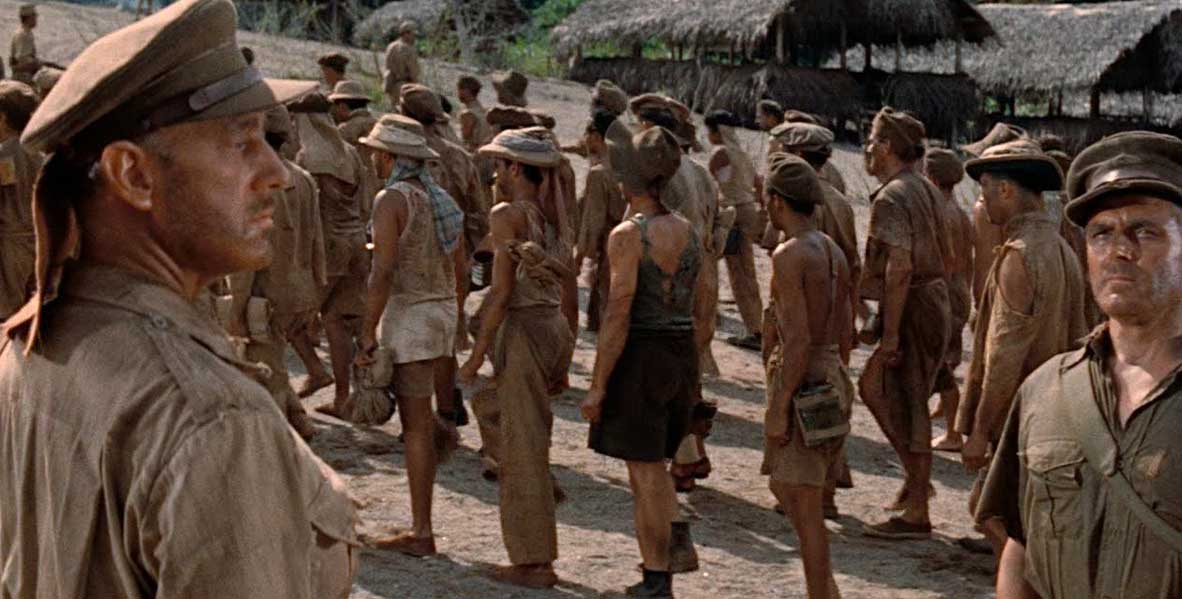
Colonel Bogey is a name that conjures up images of a stern and moustachioed military figure, strong of bearing, leading his troops crisply on parade. But did such a figure provide the inspiration for Kenneth J. Alford's famous march? The answer is both ‘yes’ and ‘no’—like all good legends the truth is more complicated, and a lot more interesting…
Continue reading...
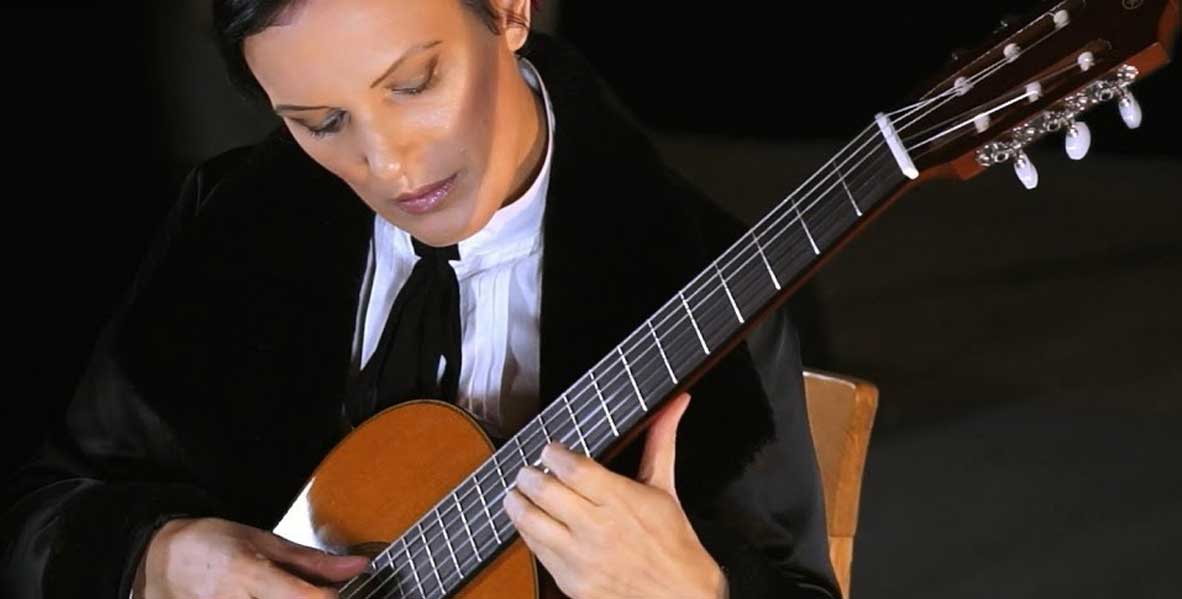
The guitar has got to be one of the most adaptable of instruments. Hooked to an amplifier it is capable of knocking out power chords and filling a stadium with sound. In its classical acoustic form, on the other hand, it is one of the most intimate and soothingly sweet of instruments. Here are some of the most essential classical works for guitar, offering a glimpse into its more personal and lyrical side.
Continue reading...
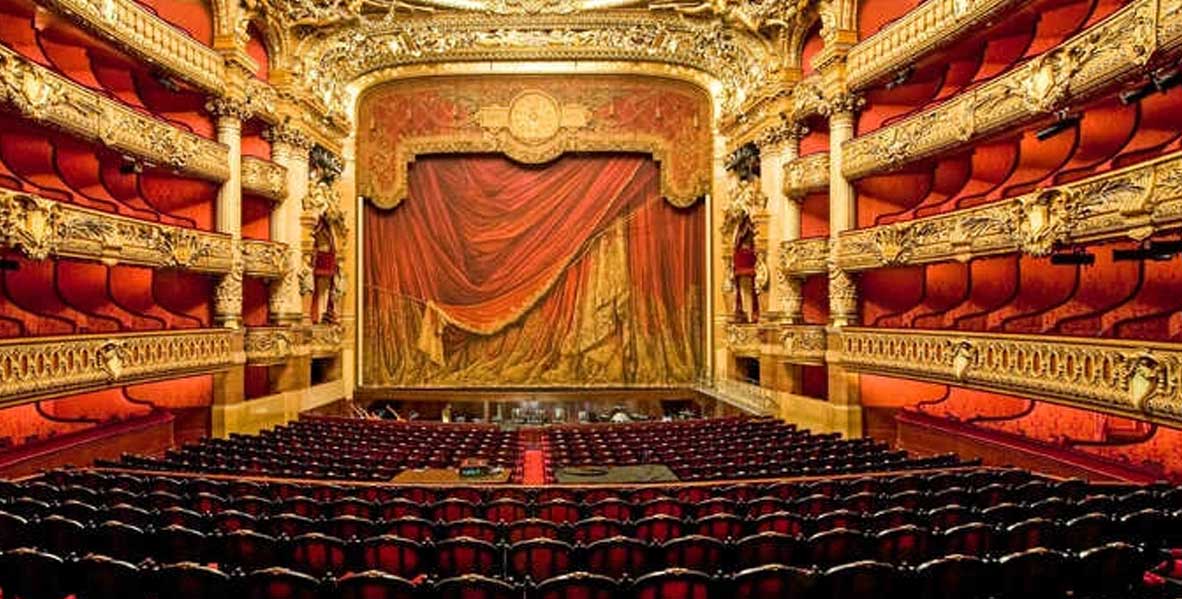
The air-clearing, mood-setting purpose of overtures, not to mention the fact that they are often choc-full of the best tunes of the works they introduce, makes them among the most musically arresting works in the repertoire. So it’s no surprise that they are hugely popular as standalone concert works and amongst discerning 8notes members.
Here is our definitive list of the absolute best of them, together with links to sheet music, so you can try them out for yourself. If you can’t find a version for your instrument, remember that members can request new versions at any time.
Continue reading...
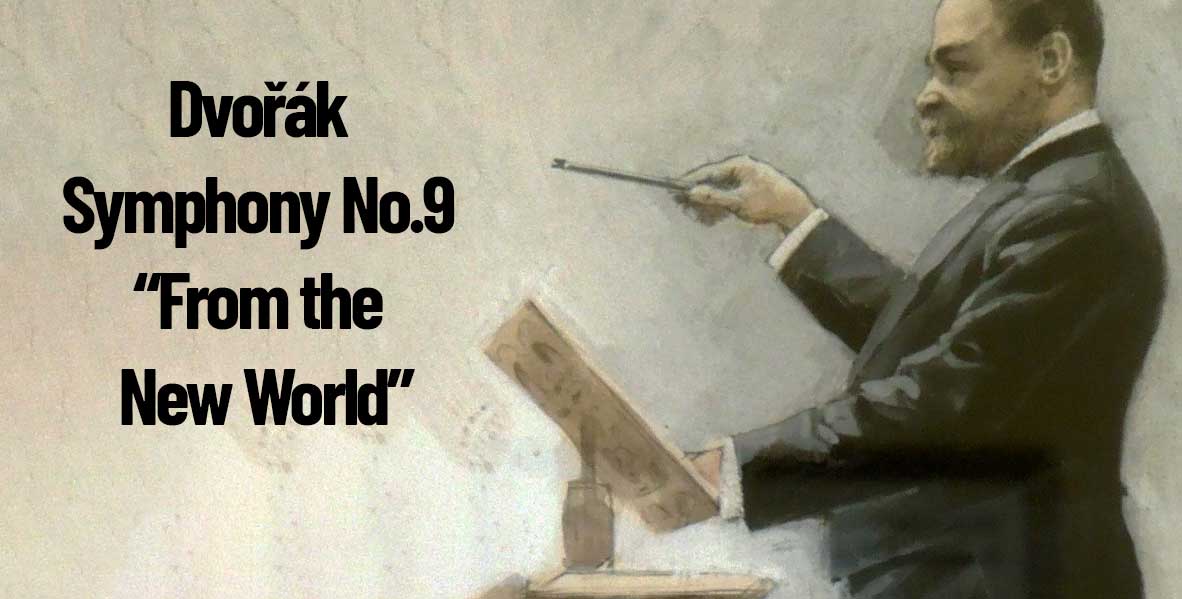
Dvořák wrote his Symphony No.9, ‘From the New World’ whilst director of the National Conservatory of Music in New York City from 1892 to 1895. The title refers to the continent of America not merely as the expression of the composer’s novelty at being in a new land, but as an acknowledgement that the work is deeply inspired by the music and culture of the United States.
The symphony was an instant success, remaining to this day one of the most popular in the repertoire—themes from it, above all the gorgeous Largo that forms the second movement, are amongst our most popular pieces here on 8notes.
Here’s the full story of Dvořák's most iconic, epic and most American of works.
Continue reading...

Down the centuries the harp has been an instrument associated with images of heaven, with cherubim and seraphim strumming in celestial surroundings. In the hands of even an average player it is certainly capable of producing feelings of rapture, of transportation to a higher, more heavenly plane. It's not surprising, therefore, that many composers have been inspired to write for this most exquisite, most divine of instruments. Here are 10 of our favourite works.
Continue reading...

Debuting in 1940, Walt Disney’s Fantasia was groundbreaking in a number of ways. The ambition of its animation, which included meticulous studies of animals, humans and other objects, the use of stop-motion animation and even the unrealised plan to film one section in 3D, was unprecedented. Its sound, which occupied a fifth of the whole budget, was also realised in a new ‘Fantasound’ format, the precursor of modern day surround sound.
Disney had used classical music in previous animations, but this was was a more ambitious in concept. Working with renowned conductor Leopold Stokowski, Disney and his team developed a sequence of animated segments, each with programatic elements closely linked to the accompanying classical music. The aim was to entertain whilst introducing audiences to great works of the classical canon.
By any measure, it seems to have worked, with Fantasia now considered one of the greatest works of animation of the twentieth century. And Disney’s use of, albeit already popular, classical works, has certainly helped to bring these pieces to wider audiences.
Here is our guide to this great work of animation, with links to all the sheet music, so you can play Fantasia on your own instrument (and if you can’t find what you need, remember that members can request new versions of pieces!).
Continue reading...